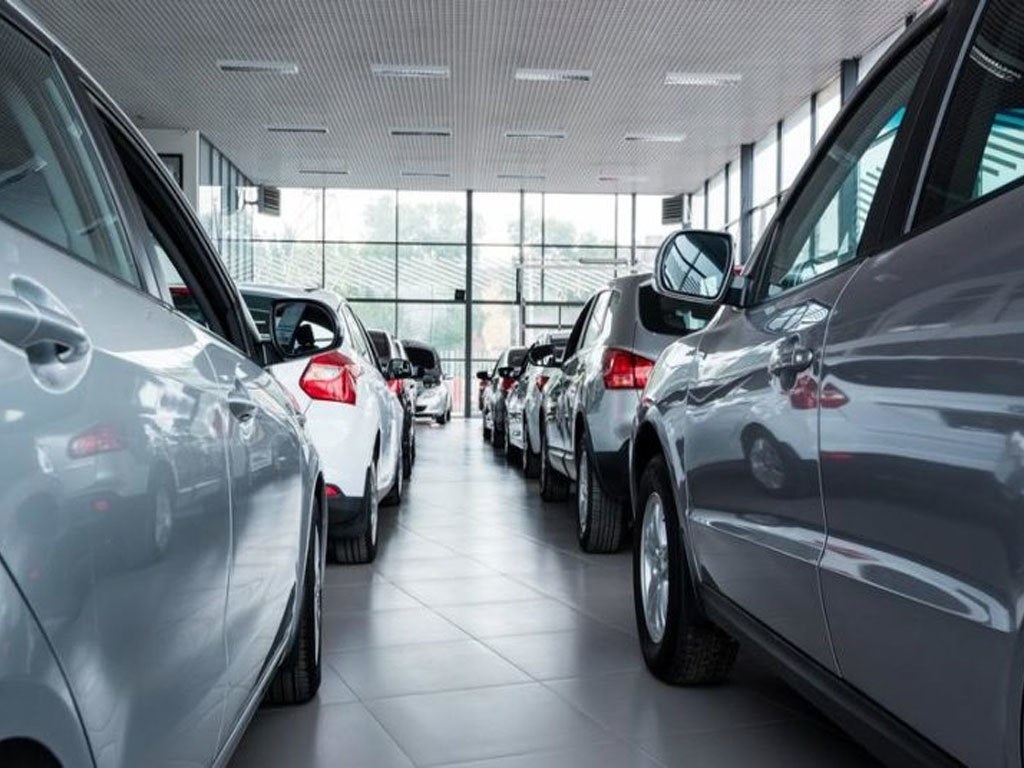With a range of offerings from new auto assemblers, including Kia and Hyundai, sales for passenger cars, jeeps and LCVs are up 20 percent in Dec-20 compared to last year. Auto loans are in tune with improved volumetric sales. In fact, a five-month average of auto loans indicates banks are financing nearly a third of the newly assembled vehicles (not including commercial vehicles) in the market (assuming an average loan size of Rs1.5 million).
Reduced interest rates seem certainly attractive for new car buyers given last year, rates were touching 18 percent compared to today’s rates of 11 percent. It also seems the net impact of reduced borrowing costs have offset some of the affects of higher vehicles prices (over the past year, vehicles prices have increased between 5-15 percent).
However, going back another year, other inferences can be made. It seems, car demand has not increased as much; and the low base-effect from last year may be coming into play. Compared to 2018 when automotive demand was really strong, sales in Dec-20 have actually declined 30 percent.

But net auto loans were not that high given a higher kibor rate. Rates charged by banks at the time (Dec-18) were about 15 percent. Evidently, given lower net borrowing that year, it is clear more cash purchasing was happening at the time compared to now. The reduction in volumes from 2018 compared to now makes sense considering the overall impact of higher prices (car prices between 2018 and 2020 have gone up between 40-60 percent across variants) and reduced borrowing cost is such that consumers are paying higher monthly installments today than they would have been paying in Dec-18. That’s inflation for you, folks.
Another emerging trend is the shift in demand from one segment to another. Due to frequent price hikes, share of mid-sized to smaller cars (including Cultus, Wagon-R, Alto/Mehran, and Bolan) has fallen from 60 percent to 57 percent where locally assembled higher-end sedans including Corolla, Civic, and City have taken on a higher share in total volumes; 43 percent in Dec-20 vs. 40 percent in Dec-19 where volumes for Corolla have now been divided between different variants of Corolla and Yaris. In fact, in Dec-20, Corolla+Yaris had 29 percent share in total volumes compared to 26 percent for corolla alone in Dec-18.
New investments are also coming in high-end segments, but away from sedan and toward cross-overs and SUVs. Just mapping out demand over the past several years, it seems the overall market size is not growing too much. For the automobile industry to really demonstrate growth and expansion, just choices won’t do. Affordability will play a key role here to bring more users into the market and while cheap auto loans is a success marker, changes in interest rate could easily derail that mobility. For now, despite a substantial post-covid recovery, car demand is merely coming back full-circle.




























Comments
Comments are closed.